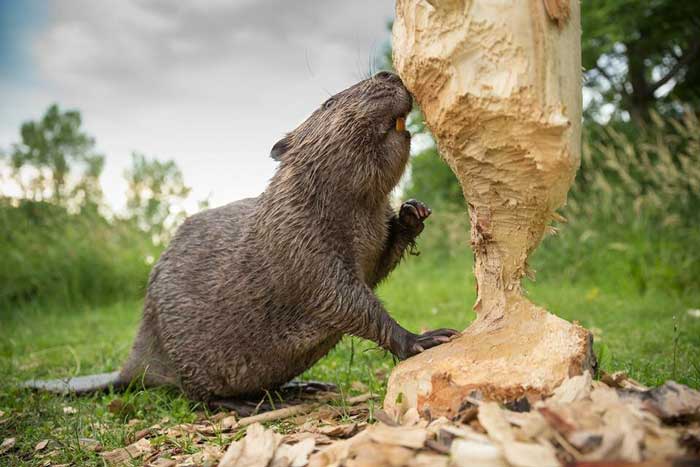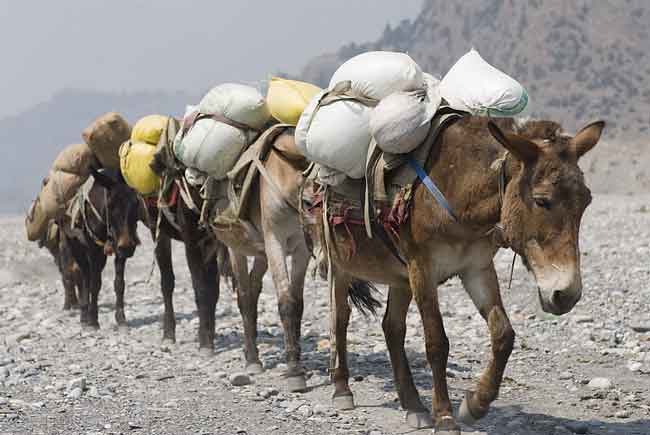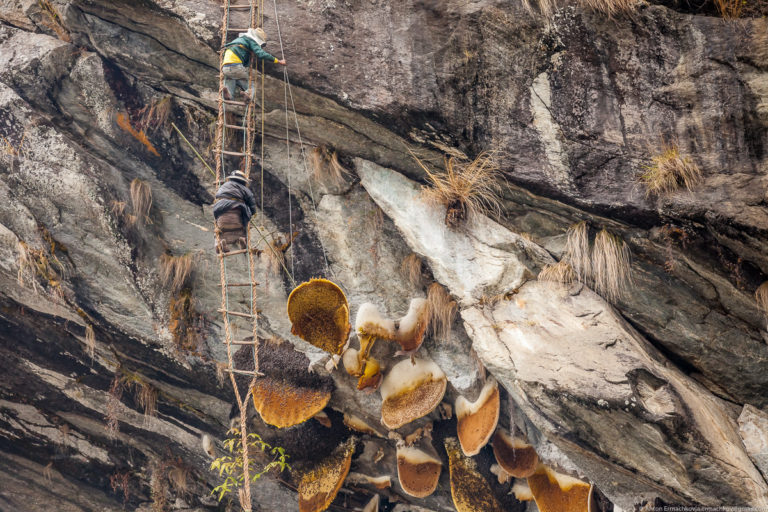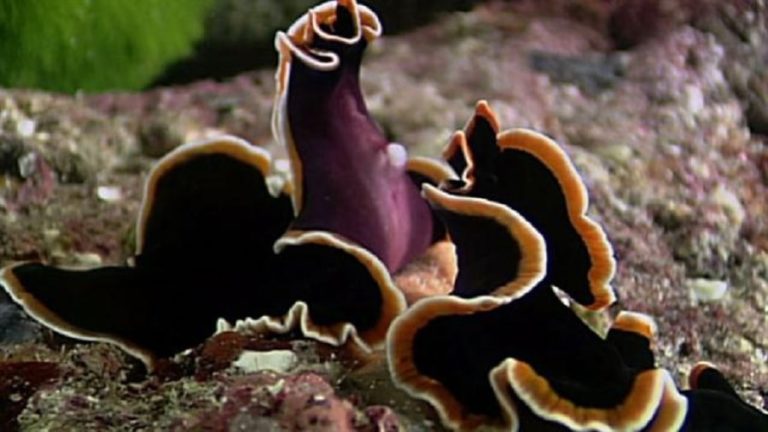The Hardest-Working Animals in the World
We all have lazy days — but in the animal kingdom, some creatures never stop. From tireless builders and devoted parents to nonstop flyers, these animals are true workaholics. They labor day and night for their colonies, families, or survival, showing what real dedication looks like.
Here’s a look at the world’s most hardworking animals.
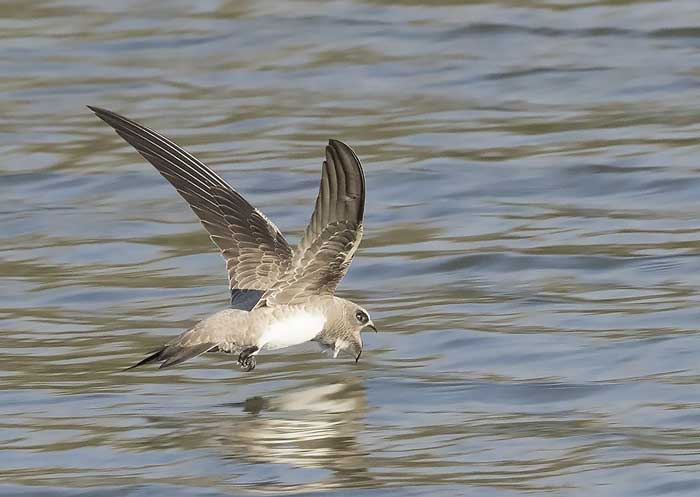
Alpine Swift
Is there a bird that never stops flying? Surprisingly, yes — the Alpine swift. These incredible birds can stay in the air for up to 10 months without landing, spending almost their entire lives on the wing.
During migration, Alpine swifts travel thousands of kilometers, gliding south for the winter and north again in spring. They even drink and eat while flying, catching insects in midair. Scientists believe they can also sleep while gliding, using air currents to stay aloft.
Instead of flapping constantly, they ride thermal updrafts to save energy — the secret to their ability to stay airborne for months at a time.
Fun fact: Their tiny legs are designed for clinging to cliffs, not walking, which is why these birds rarely touch the ground.

Ants
When we think of hard work, ants are usually the first to come to mind. Every member of an ant colony has a specific job — and they stick to it with military precision.
All worker ants are female, and they handle nearly everything: foraging for food, feeding larvae, cleaning, and defending the nest. The few males exist only to mate with the queen.
Ants aren’t just industrious — they’re also astonishingly strong. They can carry objects many times heavier than themselves, thanks to their powerful muscles. If humans had their strength, we could lift a small car!
Fun fact: Ants don’t have lungs or noses. They breathe through tiny holes along their bodies and use their antennae to “smell” the world around them.
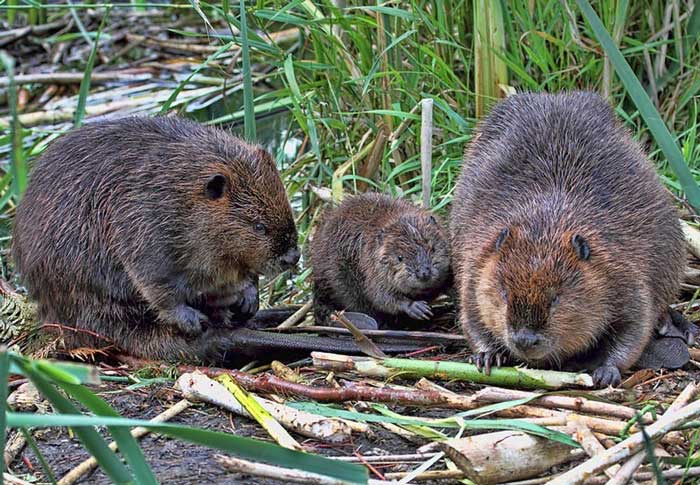
Beavers
Nature’s greatest engineers, beavers are famous for transforming entire landscapes. Using branches, grass, and mud, they build intricate dams, lodges, and canals that reshape rivers and create wetlands teeming with life.
Beavers construct their homes with two main chambers — one for drying off after swimming and another for resting and socializing. Some of their dams are enormous: one in Canada’s Wood Buffalo National Park stretches over 850 meters long and is so big it can be seen from space!
Fun fact: Beavers can stay underwater for up to 15 minutes without surfacing.

Hamerkop
The hamerkop, an African wetland bird named for its hammer-shaped head, is one of the most devoted nest-builders in the world. Working tirelessly for months, a pair of hamerkops constructs massive nests that can be nearly two meters wide and tall.
The male gathers materials — grass, reeds, and sticks — while the female assembles the structure and plasters it with mud. Together, they create a three-tiered fortress that can take up to four months to finish. These nests are so sturdy that even large animals can stand on them without breaking them.

Bees
The phrase “busy as a bee” couldn’t be more accurate. A bee colony is a perfectly organized society led by a queen, supported by hundreds of drones (males), and thousands of tireless worker bees (females).
Worker bees handle every task imaginable — collecting nectar, feeding larvae, cleaning, and defending the hive. But their impact goes far beyond their colony. Bees are vital pollinators responsible for about 70 of the 100 crops humans rely on most, including fruits, vegetables, and nuts. A single colony can pollinate up to 300 million flowers per day.
Fun facts:
-
Bees do sleep — sometimes even inside flowers!
-
Almonds depend entirely on bee pollination. Without bees, there would be no almonds.

Naked Mole Rat
Deep underground in East Africa lives one of nature’s strangest — and hardest-working — creatures: the naked mole rat. These wrinkly rodents live in massive colonies with as many as 300 members, digging elaborate tunnel systems that stretch hundreds of meters.
Their society is ruled by a queen, much like an ant colony. Workers dig tunnels and care for the young, while soldiers guard against predators such as snakes. Only the queen reproduces, assisted by a few breeding males.
Fun fact: Naked mole rats can move each of their front teeth independently — like using a pair of chopsticks!
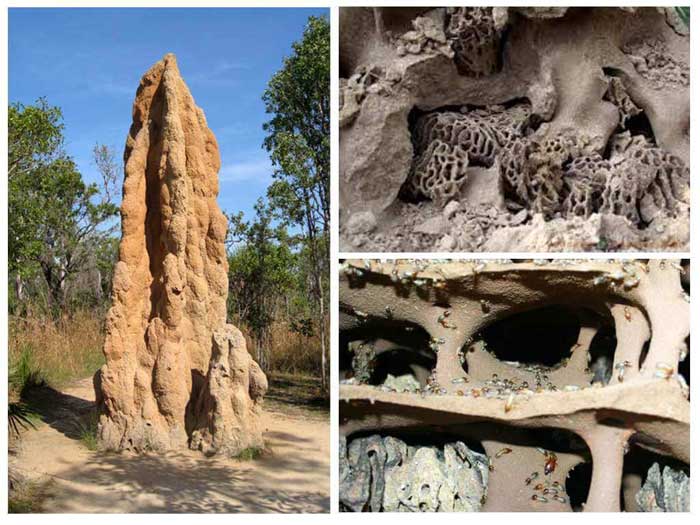
Termites
Often considered pests, termites are actually among the most tireless animals on Earth. These tiny builders never sleep and work around the clock, eating and constructing massive mounds that can reach up to 18 meters high — taller than a five-story building!
Within their colonies, everyone has a role: workers build and maintain the nest, soldiers defend it, and the queen lays eggs — a lot of them. Some termite queens can produce up to 40,000 eggs a day and live for more than 50 years, making them some of the longest-living insects on the planet.
Fun fact: In many cultures, termites are eaten as a nutritious food — they’re rich in protein, calcium, iron, and essential fatty acids.

Weaver Bird
The weaver bird earns its name for a reason. These remarkable birds are skilled architects, using their beaks like sewing needles to weave grass, leaves, and twigs into intricate nests.
During the breeding season, males build elaborate hanging nests to attract females. If the female approves of the design, she’ll help him finish it — otherwise, he starts over!
Weaver birds often live in colonies, building hundreds of interconnected nests that can cover entire trees. Inside these complex “apartment blocks,” each bird family has its own nesting and sleeping chamber, protected by narrow, downward-facing entrances that keep predators like snakes out.
Fun fact: Weaver birds are one of the few animals known to tie actual knots using plant fibers.
Nature’s Tireless Workers
From ants and bees to swifts and beavers, these animals remind us that hard work comes in many forms. Whether building homes, feeding colonies, or flying nonstop across continents, their dedication is nothing short of inspiring — a natural masterpiece of persistence and purpose.

